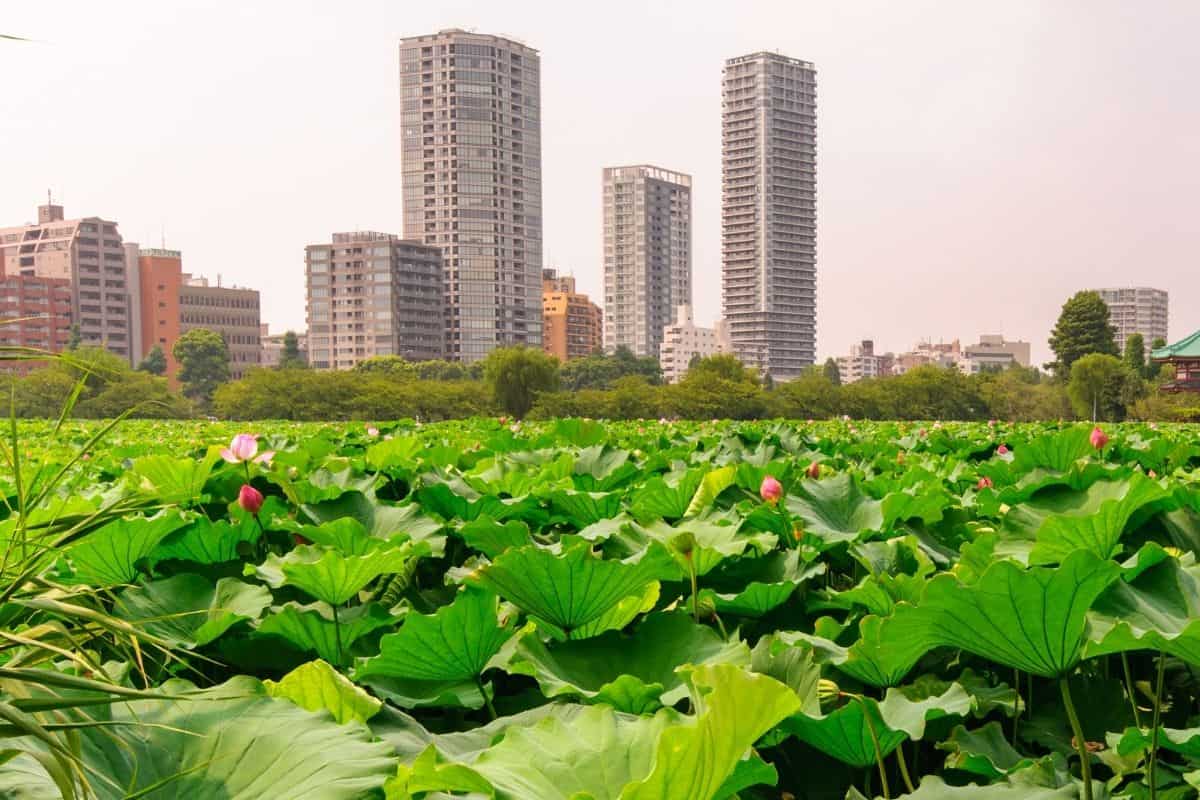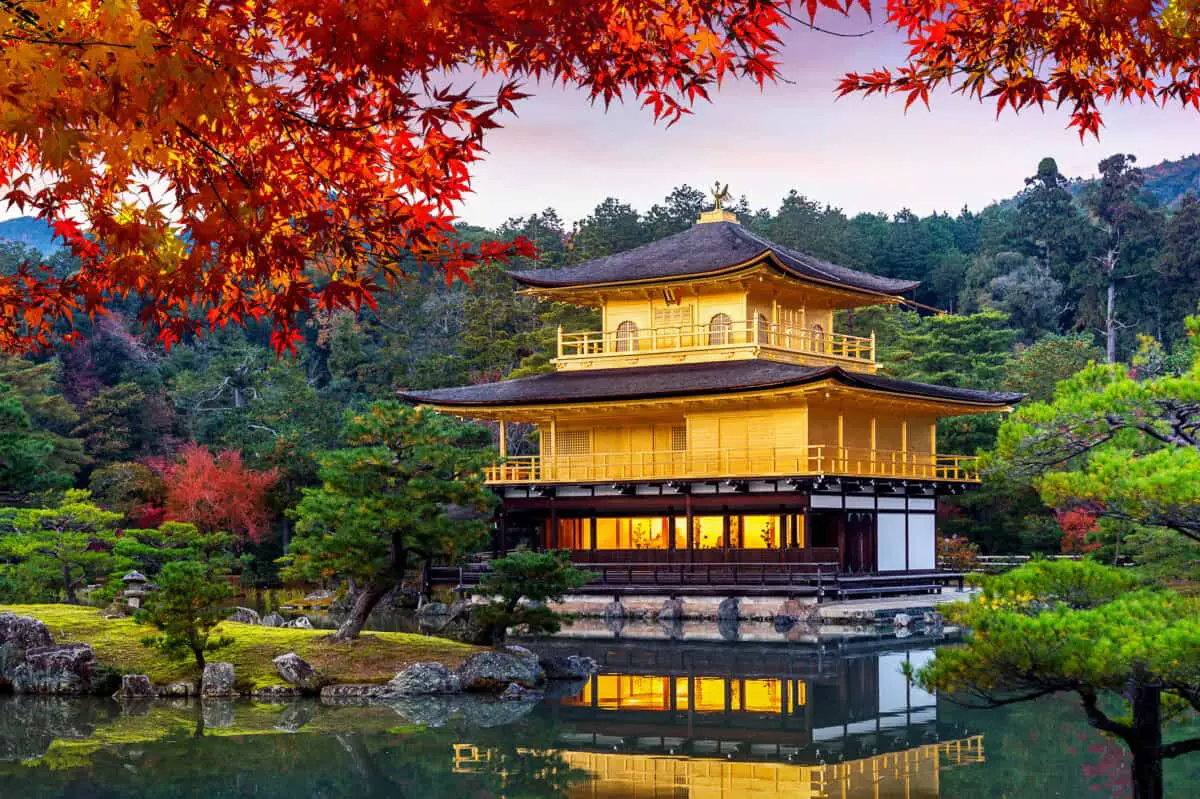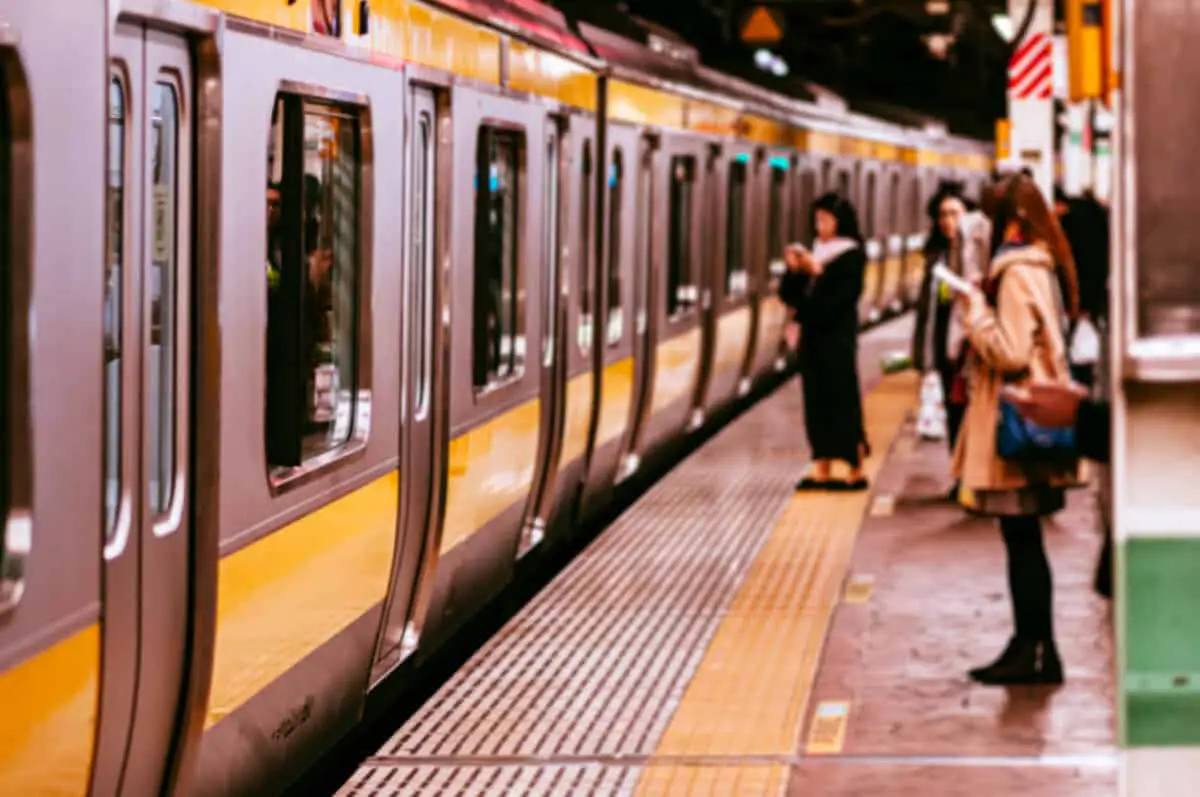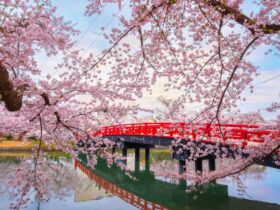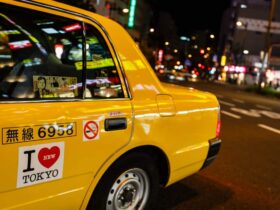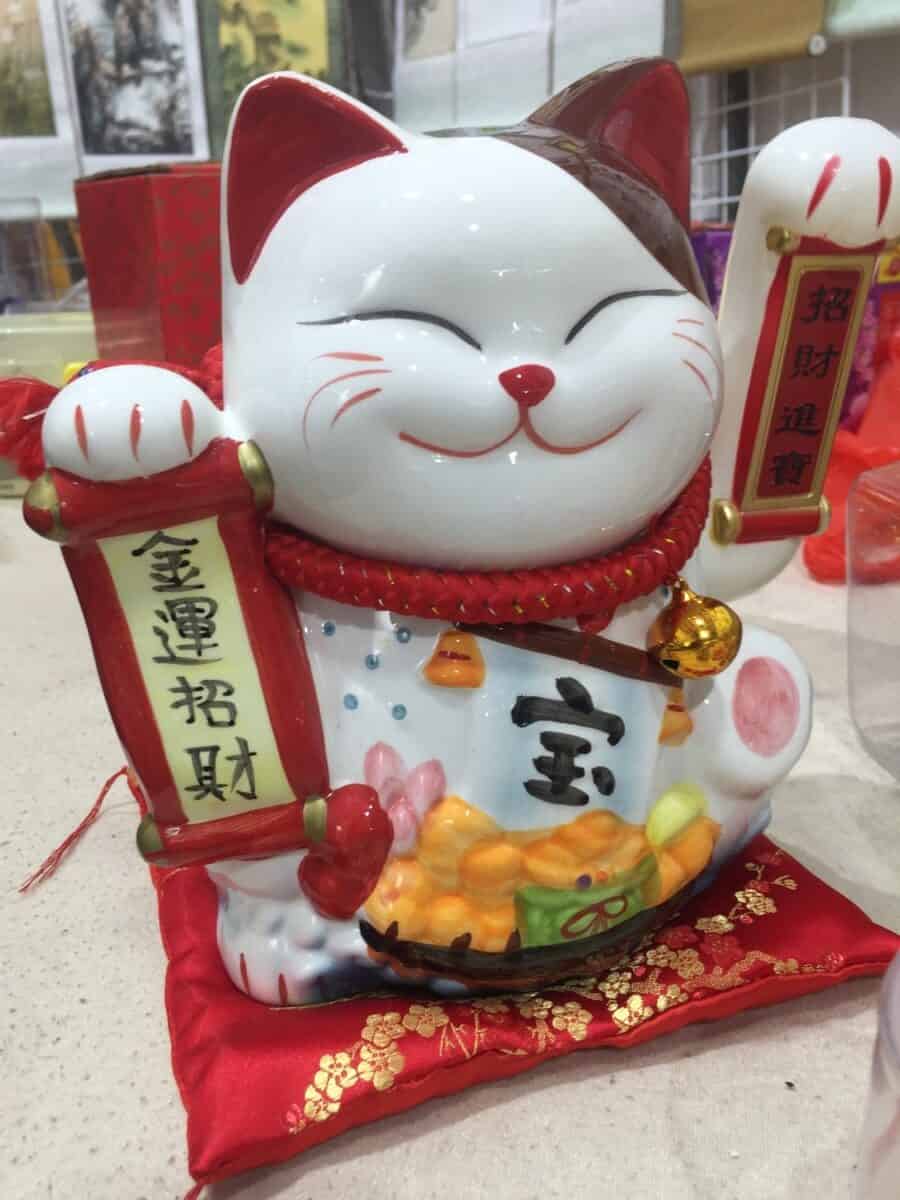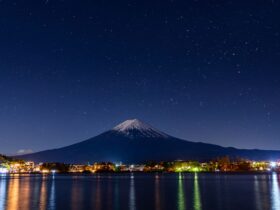Ueno Park, which is home to a number of prominent museums, is also known for its cherry blossoms and hanami (cherry viewing) in the spring. The park and its attractions have attracted over ten million people per year, making it Japan’s most frequently visited park.
Yoshino cherry and Japanese cherry trees are among the 8,800 trees in the park. Shinobazu Pond is a tiny 39-acre lake with large lotus beds and marshes. It serves as a vital wintering area for birds.
Bentendo, a temple hall devoted to the goddess of Benten, is located on an island in the middle of the pond.
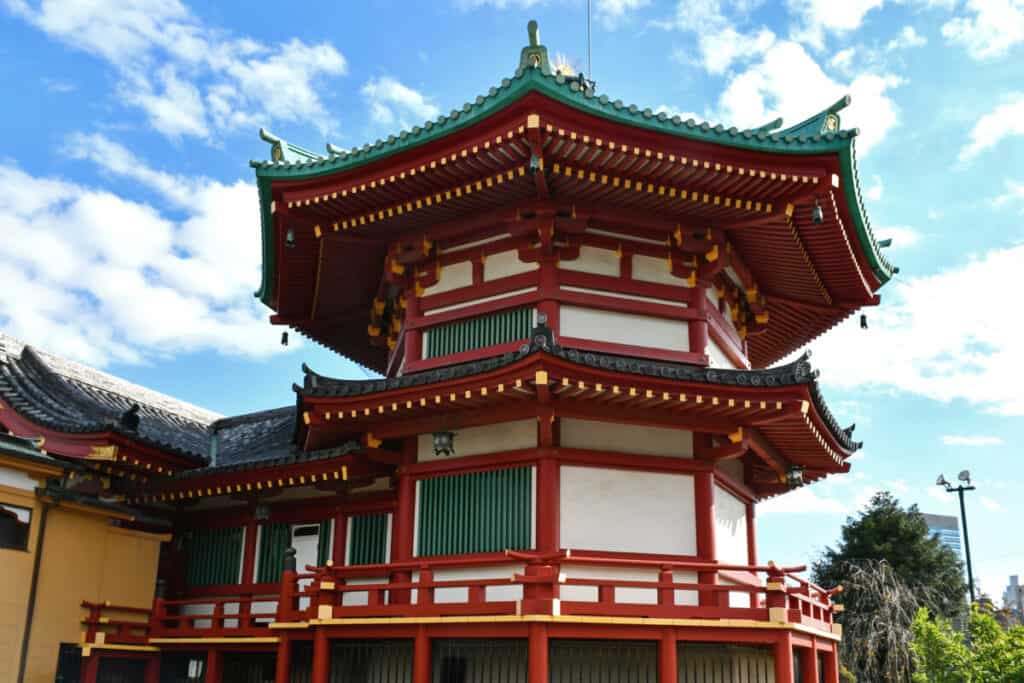
There are around 800 cherry trees in the park, however, the overall number of cherry trees includes those belonging to the Ueno Tosho-gu shrine, temple structures, and other nearby locations.
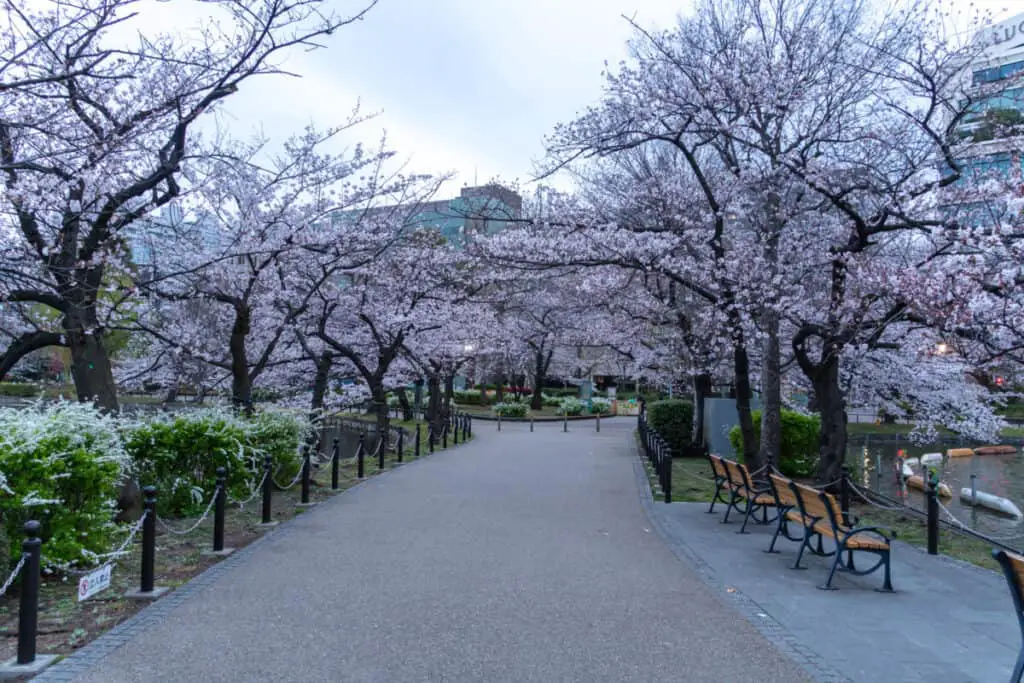
The Tokyo National Museum, the National Museum for Western Art, the Tokyo Metropolitan Art Museum, and the National Science Museum are among the numerous institutions that can be found on the premises of Ueno Park today. Ueno Zoo is also found onsite.
Ueno Park is free to visit, there are small entry fees for the different museums and attractions (generally 600 Yen). Most museums and other attractions open around 9:00 or 9:30 a.m. and close between 4 and 5:30 (closed Monday and some national holidays) Officially the park’s hours are from 5 a.m. to 11 p.m.
Besides the myriad of trees, shrubs, and beautiful flora and fauna there are quite a few things to do and see in and around the park itself.
Ueno Zoo
More than 3,000 animals from over 400 species live at the zoo. The Sumatran tiger and western lowland gorilla are the zoo’s most frequented animals. Ueno Zoo has more animals on display than any other Japanese zoo.
The Tokyo Metropolitan Government manages the Ueno Zoo, which is a 35-acre zoo. It was founded on March 20, 1882, and is Japan’s oldest zoo. It’s a five-minute walk from Ueno Station’s Park Exit, with quick access to Tokyo’s public transit system. The Ueno Zoo Monorail connects the grounds’ eastern and western sections.
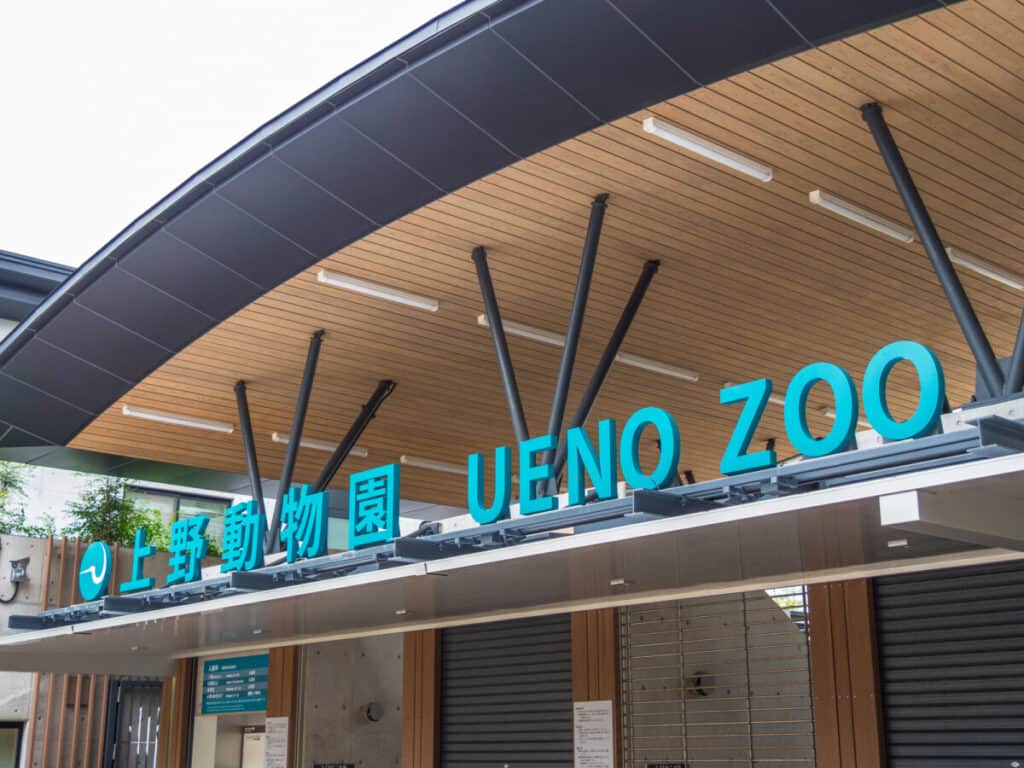
Tokyo National Museum
TNM is a museum in Tokyo, Japan, located in Ueno Park in the Taito ward. It is one of the four museums run by the National Institutes for Cultural History, and it is Japan’s oldest national museum, as well as the country’s biggest art museum and one of the world’s largest art museums.
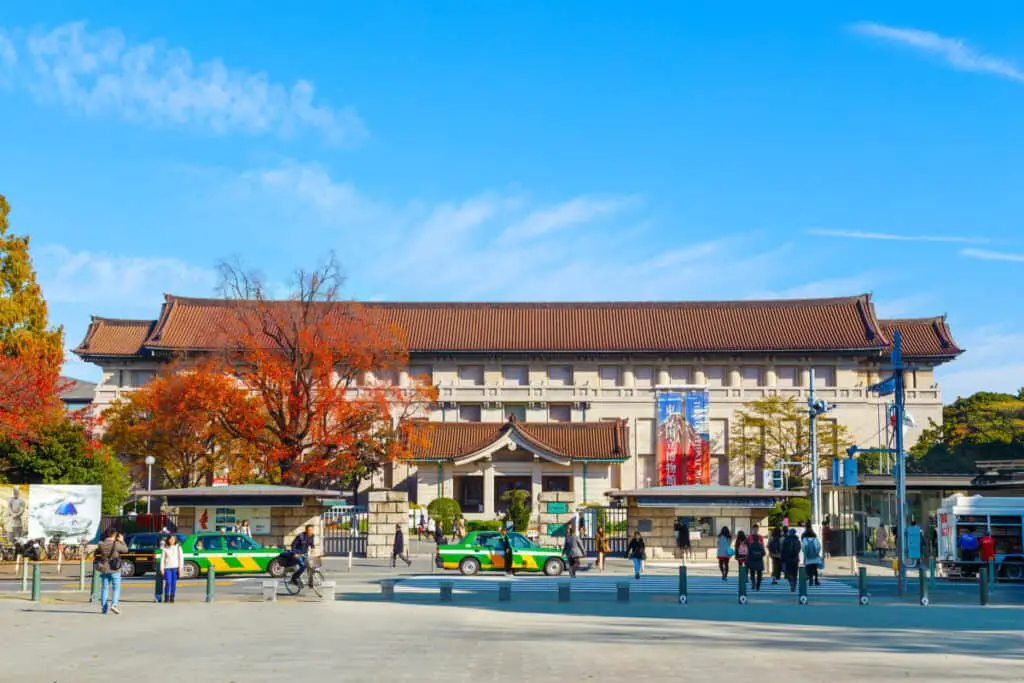
The museum gathers, preserves, and exhibits a diverse collection of Asian artwork and cultural items, with a concentration on ancient and medieval Japanese art, as well as Asian art from the Silk Road.
Over 110,000 cultural objects are held at the museum, including 89 Japanese national treasures, 319 Horyuji treasures, and 644 Important Cultural Items.
Tokyo National Museum Official Website
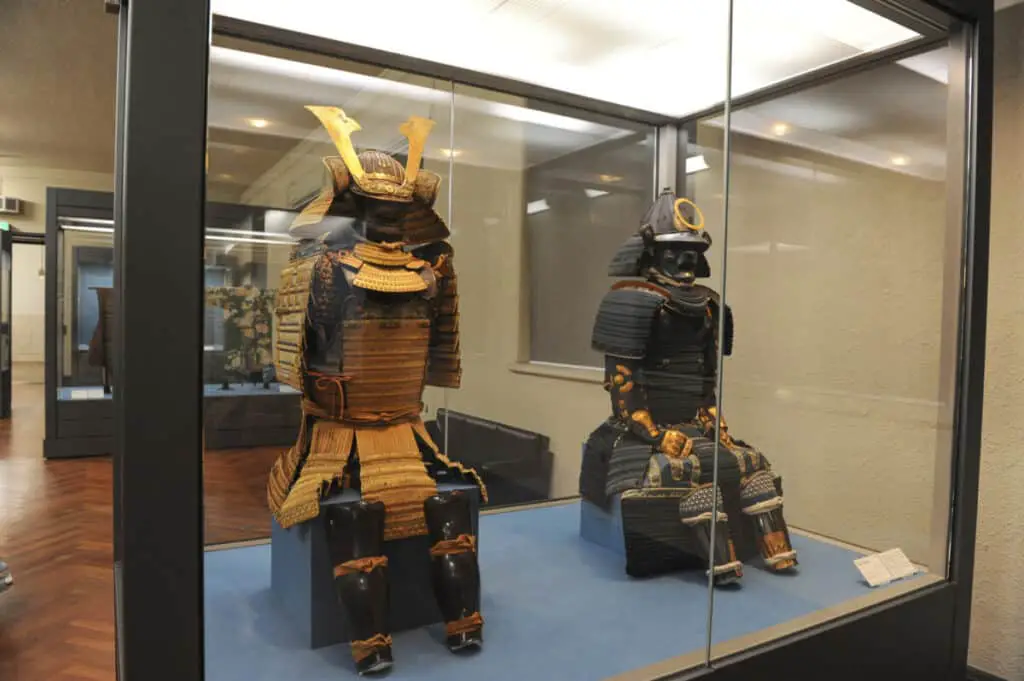
Furthermore, the museum is home to approximately 3000 Cultural Properties donated by people and organizations, including 55 national treasures and 253 notable cultural assets.
Tokyo Metropolitan Art Museum
The Tokyo Metropolitan Art Museum was founded in 1926 and is Japan’s earliest public art museum. This museum provides vibrant subject displays as well as special exhibitions that expose guests to art treasures from Japan and around the world.
It organizes about 280 exhibits every year to spotlight up-and-coming artists and art organizations. It also provides shows for students in schools to encourage and develop them as artists.
Tokyo Metropolitan Art Museum Official Website
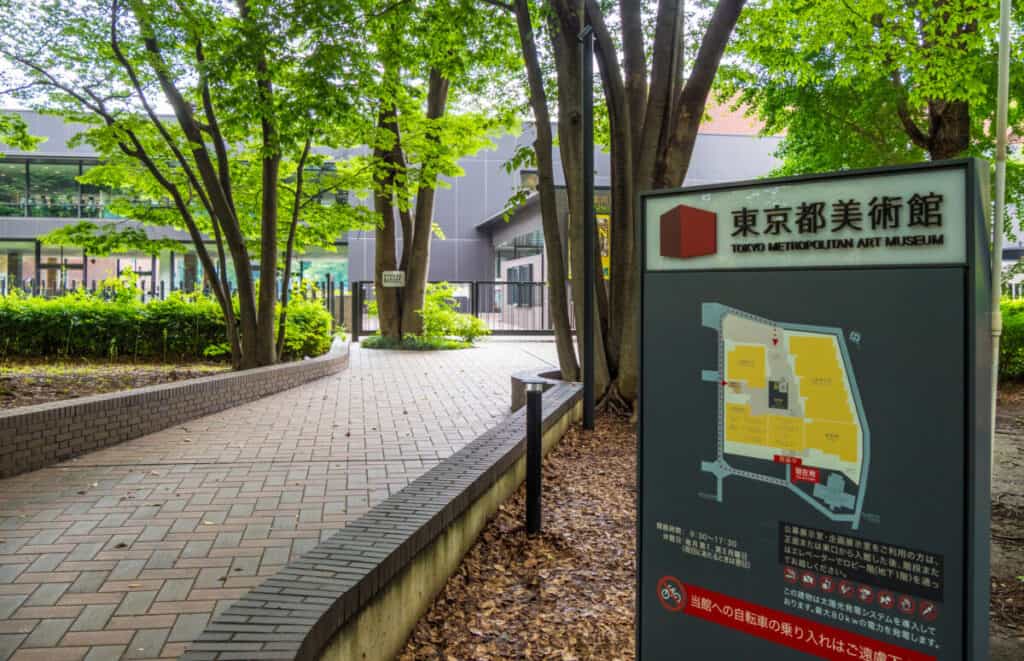
National Museum of Western Art
The museum’s collection encompasses the Renaissance to the early twentieth century, with many pieces acquired since the museum’s creation. The museum’s mission is to create opportunities for the public to experience Western art.
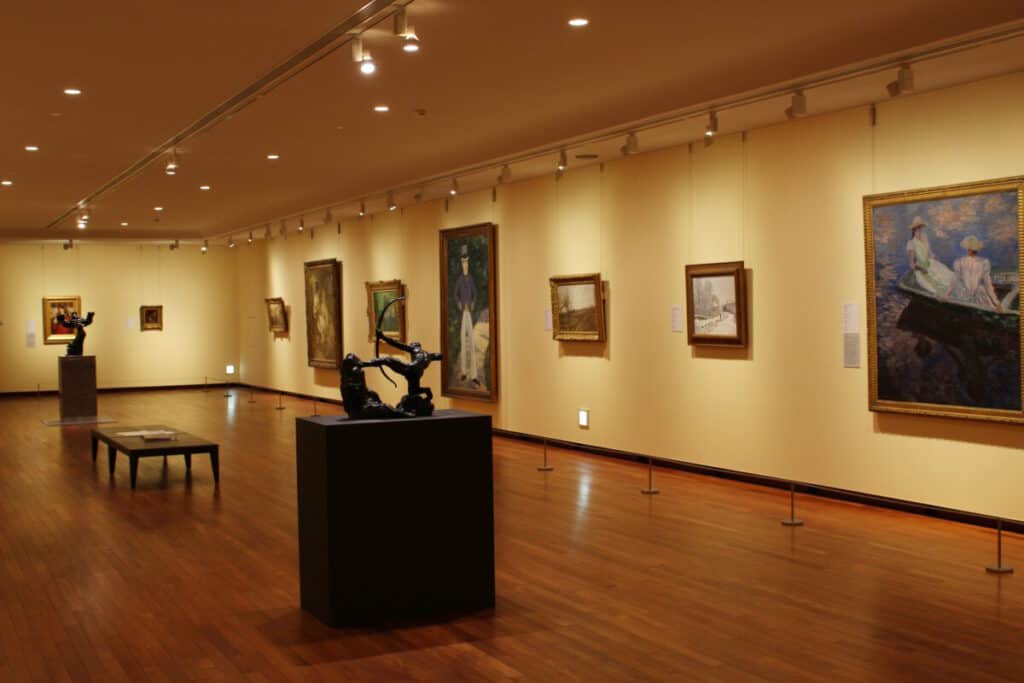
The museum has been active in exhibits, art piece and document collection, studies, conservation and preservation, teaching, and the publication of materials relating to Western art since its inception as Japan’s sole national institution dedicated to Western art.
The museum was created to hold Matsukata Kojiro’s collection of works, which he acquired between 1920 and 1923. His collection resided in England and France until the Japanese government requested that it be returned to Japan post World War II.
National Museum of Western Art Official Site
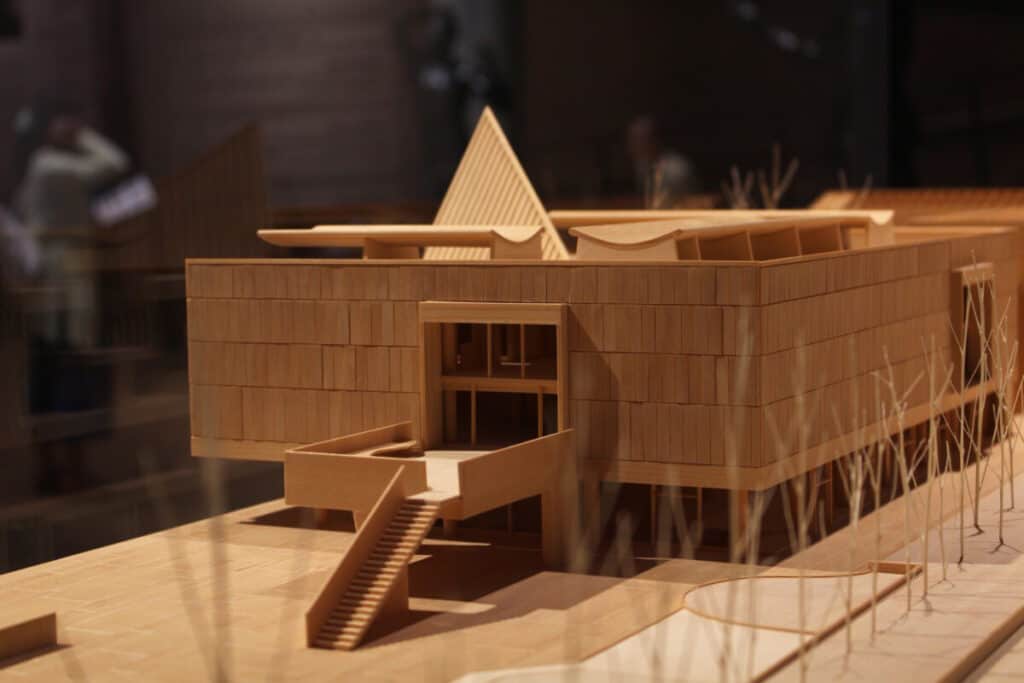
The pieces were returned to Japan after France requested that the museum housing the collection be designed by a French architect. This responsibility was given to Le Corbusier.
National Museum of Nature and Science
It was constructed and completed in 1931 as the main building of the Tokyo Science Museum as part of the building project that followed the Great Kanto Earthquake.
The style is Neo-Renaissance. Designed by Kenzo Akitani, a Building engineer for the Ministry of Education, Culture, Sports, Science, and Technology. People admire the structure, which serves as an emblem for the National Museum of Nature and Science.
Hands-on physics and robotics experiments, as well as an outstanding assortment of mounted wildlife, combine technology as well as natural history.
It also features a dome for astronomical viewing and an auditorium, in addition to the exhibition hall.
National Museum of Nature And Science Official Website
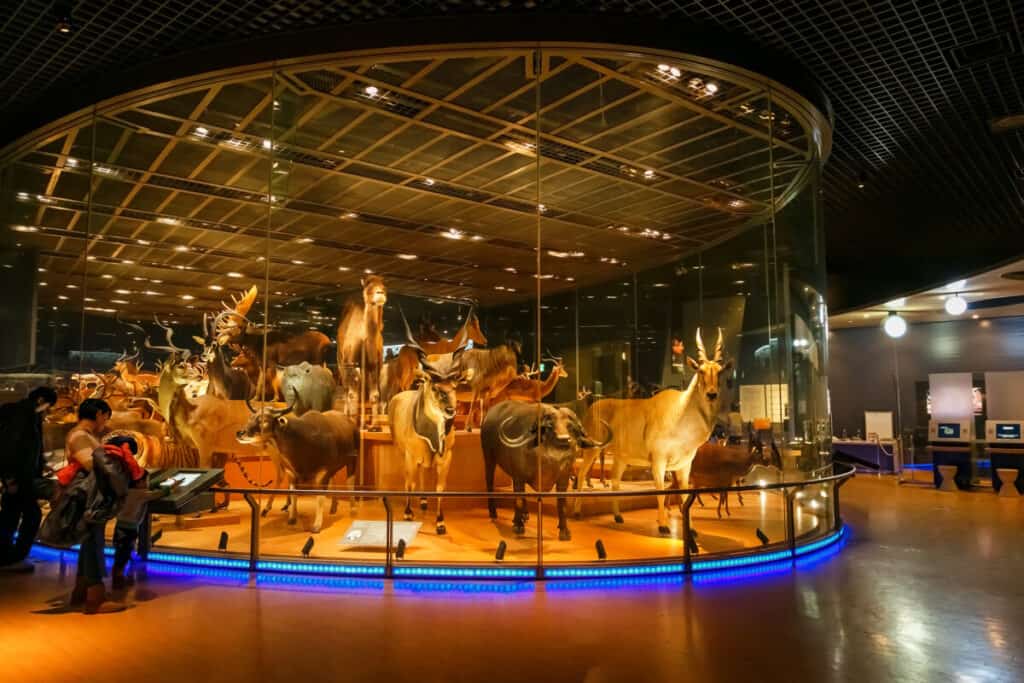
An entire day can be spent enjoying all that Ueno park and the surrounding museums offer. With Ueno Station being so close it’s an area that should be explored and enjoyed.
JR Ueno Station is adjacent to Ueno Park. The station’s “Park Exit” enables the most convenient access to the park entrance.
JR Pass (Discounted Train and Bus Travel)
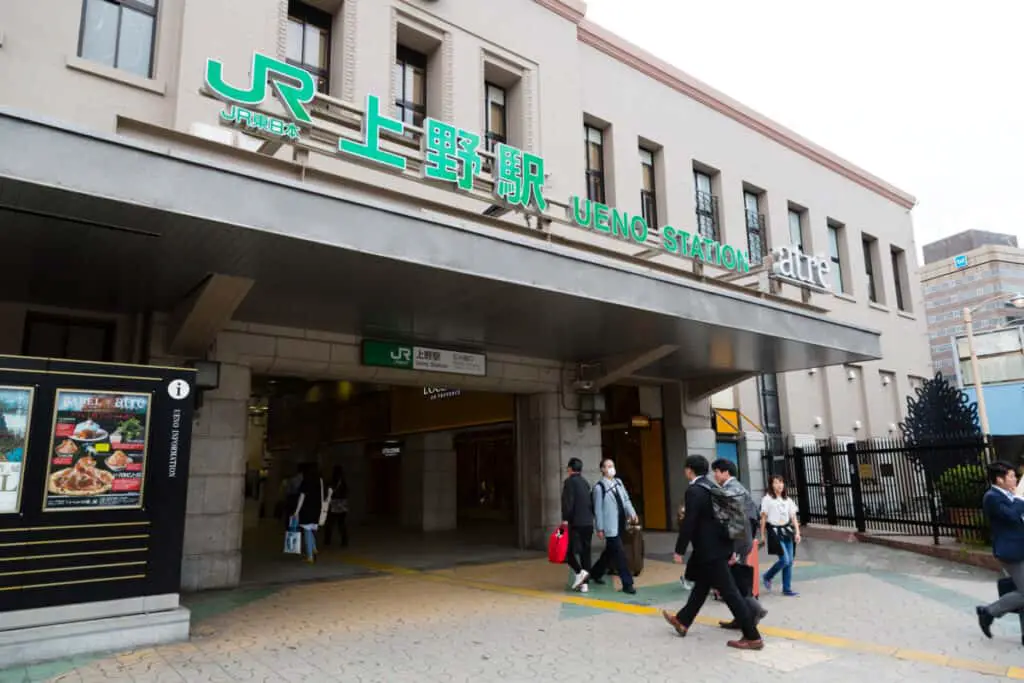
Homeless In Ueno Park
Sadly In Ueno Park, a large number of homeless individuals reside. Homeless camps, which may be seen within the park’s treelines and forested regions, are the size of small communities, with their own internal organization, culture, and support system.
Long-term shelters are usually made of cardboard and covered in blue tarps. The police periodically demolish the camps, driving the homeless out or arresting them, only for them to resurface as soon as they are able.

Squatting is unlawful in Japan, yet homelessness is acknowledged as a chronic problem in Tokyo and other cities across Japan, and squatters are acknowledged as an unavoidable reality. Many of Japans homeless are victims of the economic bubble that collapsed in the early 1990s
Multi-Part Documentary Of The Homeless In Japan

